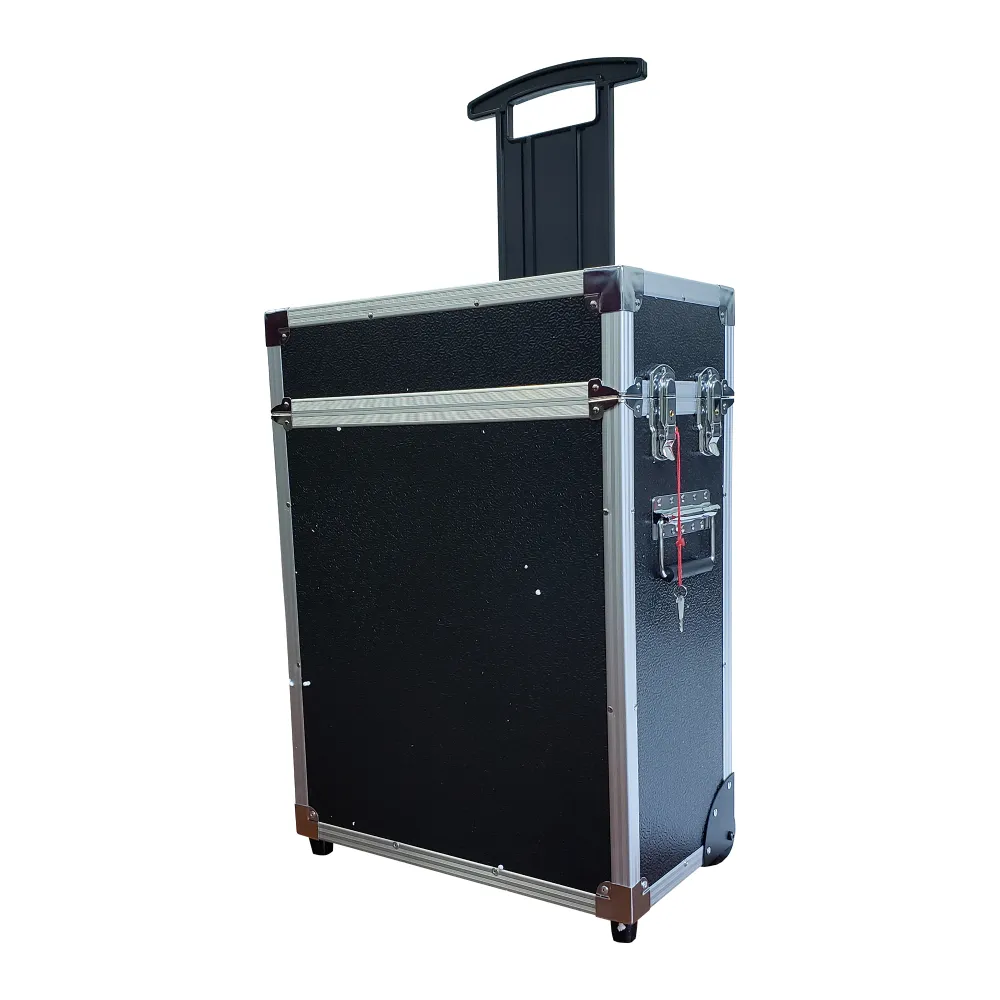 English
English



-
 Afrikaans
Afrikaans -
 Albanian
Albanian -
 Amharic
Amharic -
 Arabic
Arabic -
 Armenian
Armenian -
 Azerbaijani
Azerbaijani -
 Basque
Basque -
 Belarusian
Belarusian -
 Bengali
Bengali -
 Bosnian
Bosnian -
 Bulgarian
Bulgarian -
 Catalan
Catalan -
 Cebuano
Cebuano -
 China
China -
 China (Taiwan)
China (Taiwan) -
 Corsican
Corsican -
 Croatian
Croatian -
 Czech
Czech -
 Danish
Danish -
 Dutch
Dutch -
 English
English -
 Esperanto
Esperanto -
 Estonian
Estonian -
 Finnish
Finnish -
 French
French -
 Frisian
Frisian -
 Galician
Galician -
 Georgian
Georgian -
 German
German -
 Greek
Greek -
 Gujarati
Gujarati -
 Haitian Creole
Haitian Creole -
 hausa
hausa -
 hawaiian
hawaiian -
 Hebrew
Hebrew -
 Hindi
Hindi -
 Miao
Miao -
 Hungarian
Hungarian -
 Icelandic
Icelandic -
 igbo
igbo -
 Indonesian
Indonesian -
 irish
irish -
 Italian
Italian -
 Japanese
Japanese -
 Javanese
Javanese -
 Kannada
Kannada -
 kazakh
kazakh -
 Khmer
Khmer -
 Rwandese
Rwandese -
 Korean
Korean -
 Kurdish
Kurdish -
 Kyrgyz
Kyrgyz -
 Lao
Lao -
 Latin
Latin -
 Latvian
Latvian -
 Lithuanian
Lithuanian -
 Luxembourgish
Luxembourgish -
 Macedonian
Macedonian -
 Malgashi
Malgashi -
 Malay
Malay -
 Malayalam
Malayalam -
 Maltese
Maltese -
 Maori
Maori -
 Marathi
Marathi -
 Mongolian
Mongolian -
 Myanmar
Myanmar -
 Nepali
Nepali -
 Norwegian
Norwegian -
 Norwegian
Norwegian -
 Occitan
Occitan -
 Pashto
Pashto -
 Persian
Persian -
 Polish
Polish -
 Portuguese
Portuguese -
 Punjabi
Punjabi -
 Romanian
Romanian -
 Russian
Russian -
 Samoan
Samoan -
 Scottish Gaelic
Scottish Gaelic -
 Serbian
Serbian -
 Sesotho
Sesotho -
 Shona
Shona -
 Sindhi
Sindhi -
 Sinhala
Sinhala -
 Slovak
Slovak -
 Slovenian
Slovenian -
 Somali
Somali -
 Spanish
Spanish -
 Sundanese
Sundanese -
 Swahili
Swahili -
 Swedish
Swedish -
 Tagalog
Tagalog -
 Tajik
Tajik -
 Tamil
Tamil -
 Tatar
Tatar -
 Telugu
Telugu -
 Thai
Thai -
 Turkish
Turkish -
 Turkmen
Turkmen -
 Ukrainian
Ukrainian -
 Urdu
Urdu -
 Uighur
Uighur -
 Uzbek
Uzbek -
 Vietnamese
Vietnamese -
 Welsh
Welsh -
 Bantu
Bantu -
 Yiddish
Yiddish -
 Yoruba
Yoruba -
 Zulu
Zulu
closed cup flash point tester
The Importance of Closed Cup Flash Point Testers in Industrial Applications
In today’s industrial landscape, safety, efficiency, and compliance with environmental regulations are paramount. One critical aspect of ensuring safety in handling and storing flammable materials is understanding the flash point of these substances. A closed cup flash point tester is an essential tool in this regard, providing accurate measurements that inform safe practices in various industries.
What is a Flash Point?
The flash point is defined as the lowest temperature at which a liquid produces enough vapor to ignite when an ignition source is introduced. This property is crucial for assessing the fire hazards associated with chemicals, especially in industries such as petrochemicals, paints, solvents, and pharmaceuticals. Understanding the flash point helps prevent accidents and ensures that materials are stored and transported safely.
Working Principle of Closed Cup Flash Point Testers
Closed cup flash point testers operate by placing a small sample of liquid in a closed container. The container is then heated, and the vapor above the liquid is allowed to accumulate. As the temperature rises, the tester periodically introduces an ignition source—such as a spark or flame—to the vapor. The temperature at which a flash occurs is recorded as the flash point. This method is particularly advantageous because it minimizes the effects of atmospheric conditions and eliminates the risks associated with open cup testing, where vapors can disperse into the environment.
Advantages of Closed Cup Testing
Closed cup flash point testers offer several significant advantages over open cup methods. Firstly, they provide more accurate and reproducible results, essential for regulatory compliance. Secondly, closed cup methods significantly reduce the risk of fire or explosion during testing. This is particularly important in industries handling volatile materials, where even a small ignition can lead to disastrous consequences.
closed cup flash point tester

Moreover, closed cup testers can be used with various substances, including liquids with low vapor pressures. This versatility makes them indispensable in laboratories and manufacturing facilities. Portable closed cup flash point testers are also available, allowing for on-site testing, which increases convenience and efficiency.
Applications in Industry
The applications of closed cup flash point testers are vast. In the petrochemical industry, for example, knowing the flash points of various fuel types helps in determining their suitability for different applications and ensuring compliance with transportation regulations. In the paint and coatings industry, flash point testing informs product formulation and safety practices. Similarly, in pharmaceuticals, where solvents and reactants may pose a fire risk, closed cup testing plays a crucial role in ensuring safe handling protocols.
Furthermore, regulatory bodies such as the Occupational Safety and Health Administration (OSHA) and the American Society for Testing and Materials (ASTM) emphasize the importance of flash point testing in safety guidelines. Industries must adhere to these regulations to maintain a safe work environment and avoid legal repercussions.
Conclusion
In conclusion, the closed cup flash point tester is a vital instrument for ensuring the safe handling and storage of flammable materials across numerous industries. By accurately determining the flash point of liquids, these testers help mitigate the risks associated with fire hazards and ensure compliance with safety regulations. As industries continue to prioritize safety and efficiency, the role of closed cup flash point testers remains increasingly significant. Investing in advanced testing equipment not only protects workers but also contributes to a company’s overall operational effectiveness and environmental responsibility.
Understanding and implementing proper flash point testing is not just a regulatory obligation; it is an integral part of fostering a safety-conscious culture in any organization dealing with flammable materials.
-
Testing Equipment Industry Sees Major Advancements in 2025: Smart & Precision Technologies Lead the WayNewsJun.06,2025
-
Applications of Direct Current Generators in Renewable Energy SystemsNewsJun.05,2025
-
Hipot Tester Calibration and Accuracy GuidelinesNewsJun.05,2025
-
Digital Circuit Breaker Analyzer Features and BenefitsNewsJun.05,2025
-
Benefits of Real-Time Power Quality Monitoring Devices for Industrial EfficiencyNewsJun.05,2025
-
Earth Fault Loop Testing in High-Rise Building Electrical SystemsNewsJun.05,2025



